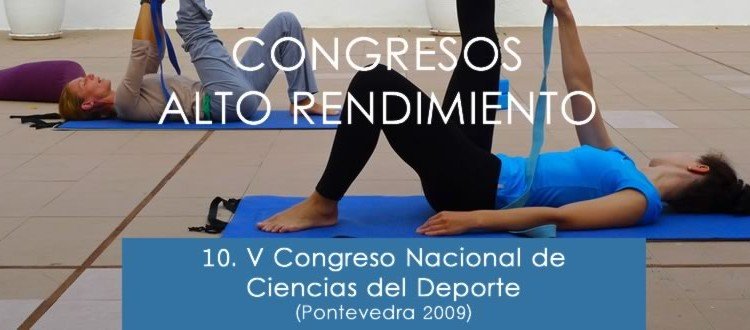The effect of training and detraining in heart rate variability in endurance athletes
Resumen
The analysis of heart rate variability (HRV) has shown a simple and accurate method in evaluating the autonomic nervous system control (ANS) over the cardiovascular system. The purpose of this study was to characterise the power spectral profile of heart rate variability and to analyse the relative influence of vagus and sympathetic in regulating heart rate, in endurance athletes, in a position of detraining and after 6 months training. 12 endurance elite athletes, with high training scale, male, (23,9±-3,3 years old; 74,8±8,6 Kg; 182,3 ± 6,0 cm and 9,9±3,7 years of practice) were evaluated.The analysis of HRV was obtained through to Polar Precision 2.1 software, to access the domain of frequency and time, namely low frequency (LF 0,04-0,0,15Hz) and high frequency (0,15-0,45Hz), in both moments.
In time domain, the average value of RR, in dorsal leaning, was 1151±154,1ms and 1197±102,7ms in detraining and training respectively. The average value of RR in training, was of 839±16,3ms, and in training, was of 936±58,8ms, in tilt. With the exception of the values of the RR interval average and of the HF we could verify expressive differences, statistically, in dorsal leaning, to following parameters: standard deviation of all RR intervals (SD); average square root of interval RR differences (rMSSD); and proportion of RR adjacents which differ more than 50ms (pNN50) with training values higher than detraining ones. In the frequencies domain, both spectral components of LF and HF have show higher intensity during the training period; however, HF was the only one to show differences with statistic meaning (p<0,05).
This findings suggest that even not finding any modification in HR on resting condition, the training period is characterized by a larger area of spectral components LF and HF, with clear domain of spectral band of high frequency, confirmed by the parameters on time domain. These results suggest the parasympathetic component predominancy, without any restriction of the sympathetic in heart frequency regulation, meaning an higher variability of heart rate, during the training period.






